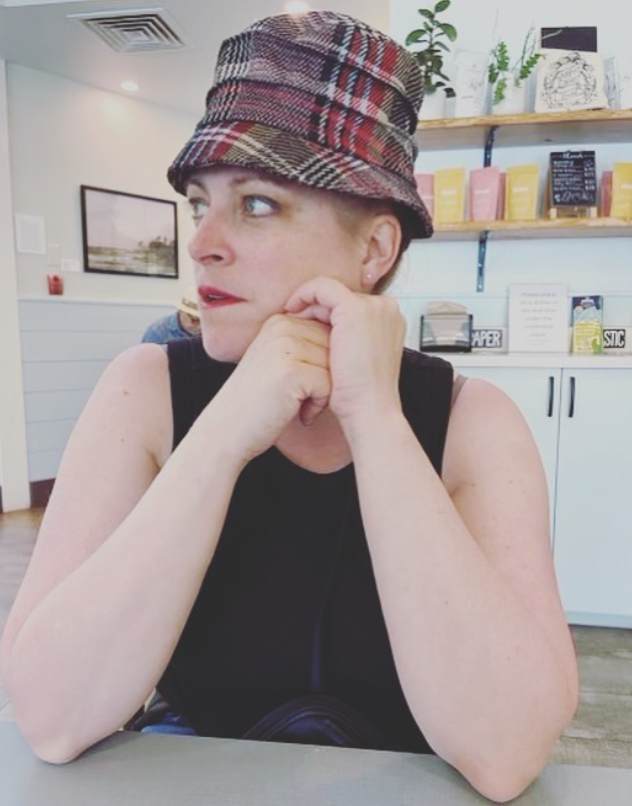What is NOT a Flipped Classroom…IMO!

Disclaimer: The article I am basing my discussion on, left many questions. Hopefully there are some good answers.
This article about Walter State Community College came across my Google alerts yesterday.
It got me riled up!
Why so Brandi?
Here is the gist:
An Assistant Professor of Education, Darlene Smith, talks about a flipping the classroom for a group of undergraduate teachers.
Quote #1
“In a flipped classroom, almost everything is removed, including paper, pencils and books,” said the writer of the article, Drew Garner.
This is not true of most flipped classrooms. While it is common that in a “true” flipped classroom lectures can viewed at home; process work at school can involve paper, pencil, books and tech!!!
So they use an ipad/tablet for everything?
Okay….but ….
Here are my questions:
Did the teachers have an online classroom?
Did the teachers have digital textbooks?
Did the teachers store their lessons online?
Did the teachers use children’s literature? (yes, you can find some online, but not all)
Quote #2
“I can pop up a Common Core standard,” said Caylor. “I can pop up an app, a grade, a subject and have you an assignment in 10 minutes”
So they spend class time matching standards and apps?
Here are my questions:
Did the teachers discuss child development?
Did the teachers discuss assessment?
Did the teachers discuss alternatives to apps and tech if they happen to teach in a school that might lack these requirements?
Did the teachers try these lessons out with students?
Will the teachers realize the importance of using use hands on learning with their students, in addition to “touching” apps? (math manipulatives, foldables etc)
Will the teachers understand that other important classroom instruction methods, such as project-based learning can involve paper, pencil and other materials?
Check here for some thoughts about incorporating a flipped classroom model.
This would scare you more, if you heard doctors were doing the same thing. Imagine doctors in training choosing a diagnosis, an app and suggesting treatment.
Maybe I am being silly…
Oh..not you Brandi…
I can’t help it. There is much missing from this article. It is misleading to other educators, students and parents. It is possible that my questions have some answers from Walter State.
However, until I hear otherwise…
You can call this alternative learning, but please don’t call it flipping a classroom.
Until Next Time,
When I will be Talkin’ About Something Else…
Brandi
Related Posts
10 Tips for Flipping Teacher Professional Development
Flip Your Classroom…Jeff Lewis Says Yes!
Check out my Flipped Classroom Resource Page!

